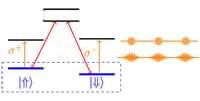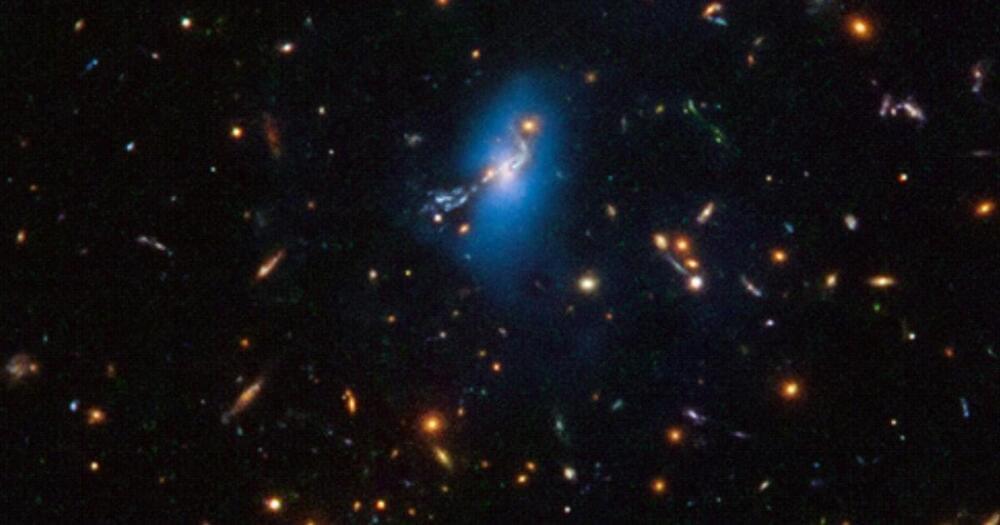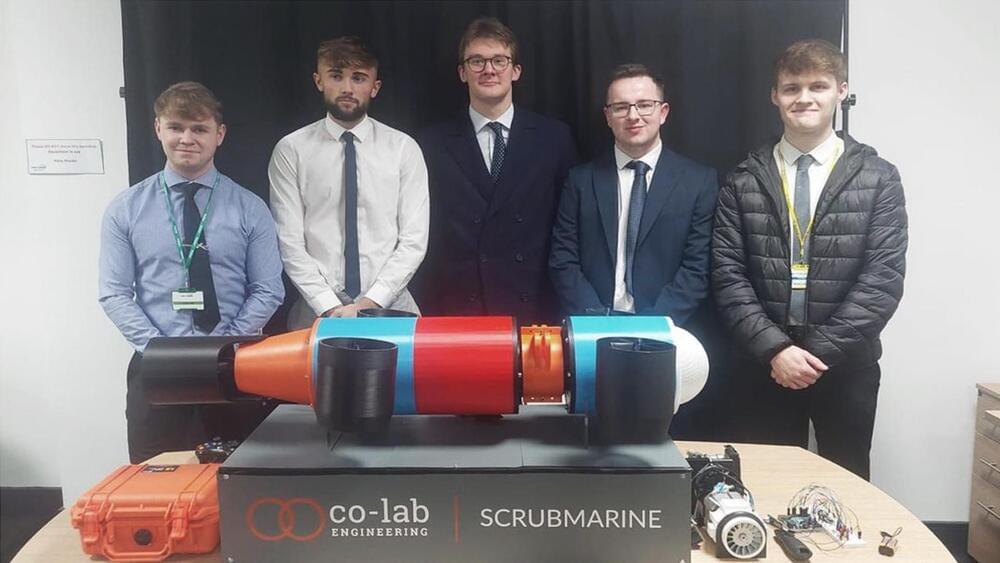Is the Director General of the Pacific Community (SPC — https://www.spc.int/about-us/director-general) which is the largest intergovernmental organization in the Pacific and serves as a science and technology for development organization owned by the 26 Member countries and territories in the Pacific region.
SPC’s 650 member staff deliver services and scientific advice to the Pacific across the domains of Oceans, Islands and People, and has deep expertise in food security, water resources, fisheries, disasters, energy, maritime, health, statistics, education, human rights, social development and natural resources.
Dr. Minchin previously served as the Chief of the Environmental Geoscience Division of Geoscience Australia, and has an extensive background in the management and modelling of environmental data and the online delivery of data, modelling and reporting tools for improved natural resource management. He has a long track record of conceiving, developing and delivering transformational and innovative projects in the Environmental and Natural Resource Management domains.
Dr. Minchin has represented Australia in key international forums and was Australia’s Principal Delegate to both the UN Global Geospatial Information Management Group of Experts (UNGGIM) and the Intergovernmental Group on Earth Observations (GEO).
Dr. Minchin has previously been responsible for the Environmental Observation and Landscape Science (EOLS) research program in CSIRO and prior to that was a Principal Scientist with the Victorian Department of Sustainability and Environment.
Dr. Minchin has a PhD in Aquatic/Environmental Chemistry, from Monash University, where he also did his undergraduate work in Chemistry achieving a BSc (Hons). He also holds a BSc (Aquatic Science), Aquatic Chemistry and Aquatic Biology from Deakin University.








